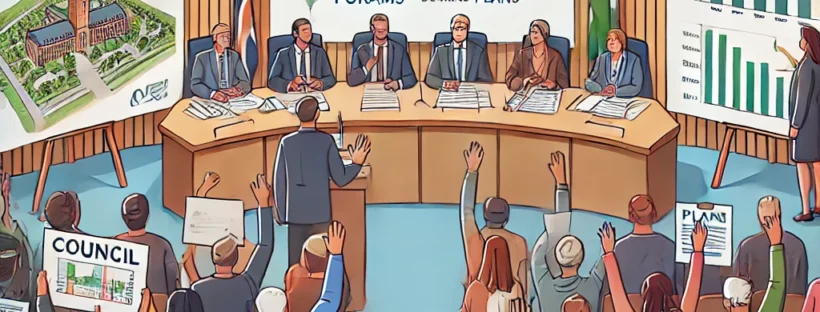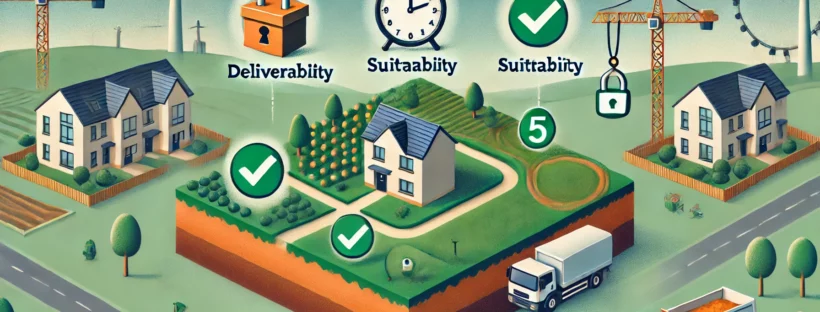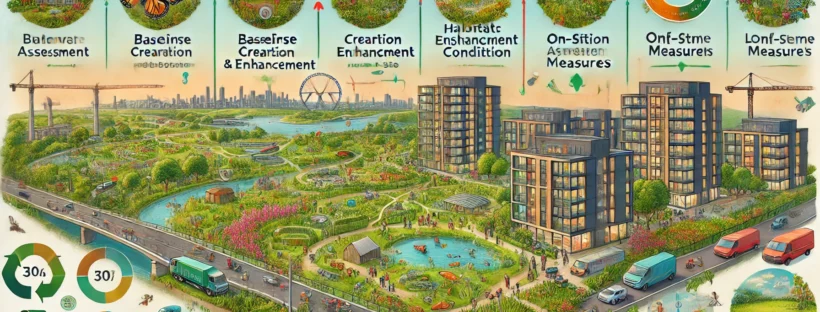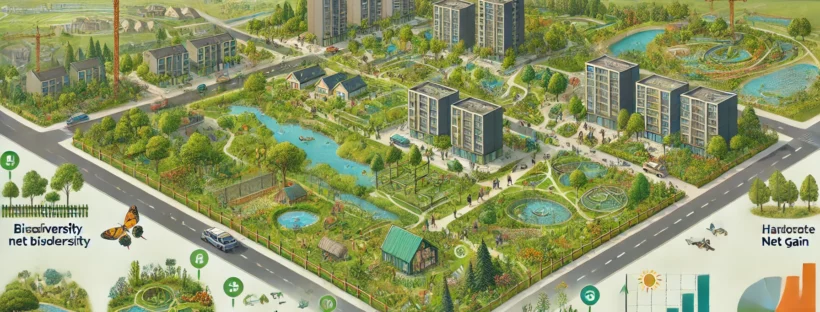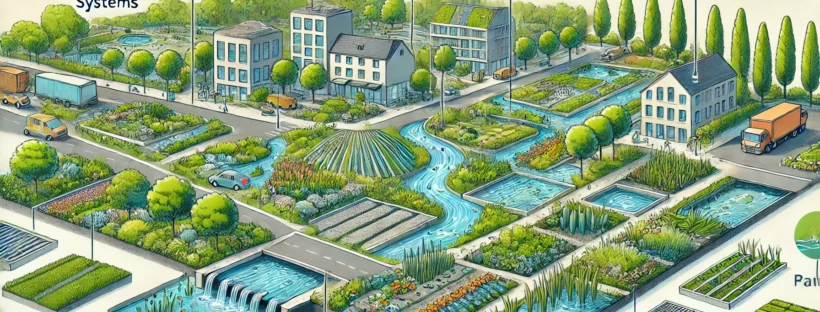A relevant case where a developer initially won approval on the basis of Paragraph 11 but subsequently lost in court is Gladman Developments Ltd v Secretary of State for Housing, Communities and Local Government [2020] EWHC 518 (Admin).
Case Summary
Gladman Developments Ltd appealed against the decision of the Secretary of State and local planning authorities, leveraging Paragraph 11 of the NPPF, which provides a presumption in favour of sustainable development. Gladman argued that the “tilted balance” should apply because the local authorities did not have a five-year supply of deliverable housing sites, rendering local policies out of date.
Court’s Decision
High Court Ruling: The High Court upheld the rejection of the applications despite the lack of a five-year housing supply. It ruled that development plan policies could still be considered under the tilted balance, and local plans’ policies should not be disregarded when applying Paragraph 11.
Court of Appeal: The Court of Appeal confirmed this decision, emphasising that even when the tilted balance applies, it does not exclude development plan policies from consideration. The court found no error in the decision-making process of the Planning Inspector and the High Court, noting that they correctly applied both the NPPF and local development policies.
Implications
This case illustrates that the application of Paragraph 11 does not automatically guarantee approval if there are substantial adverse impacts or conflicts with existing development plans. The courts reinforced that environmental designations and other material considerations must still be weighed appropriately.
